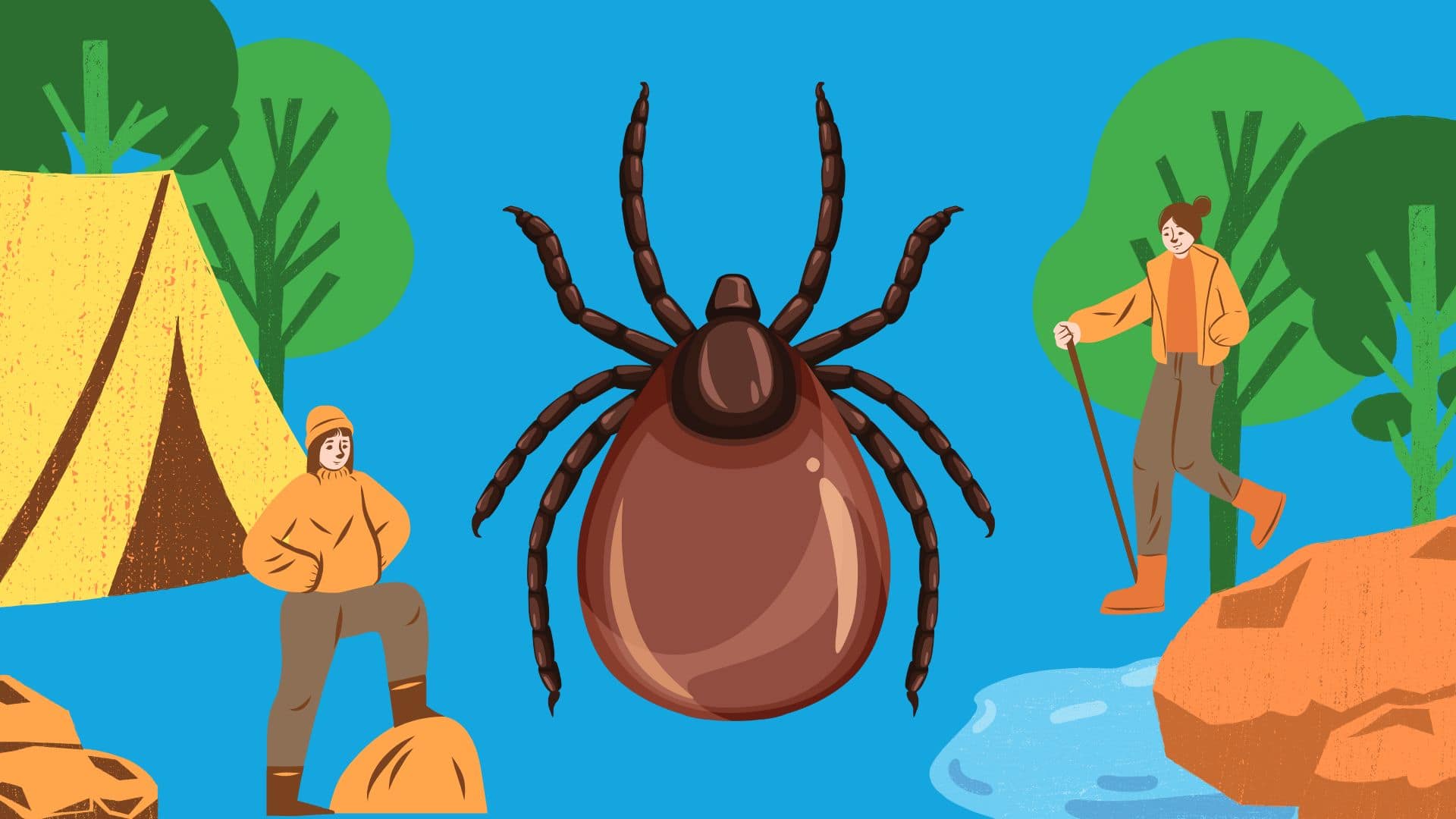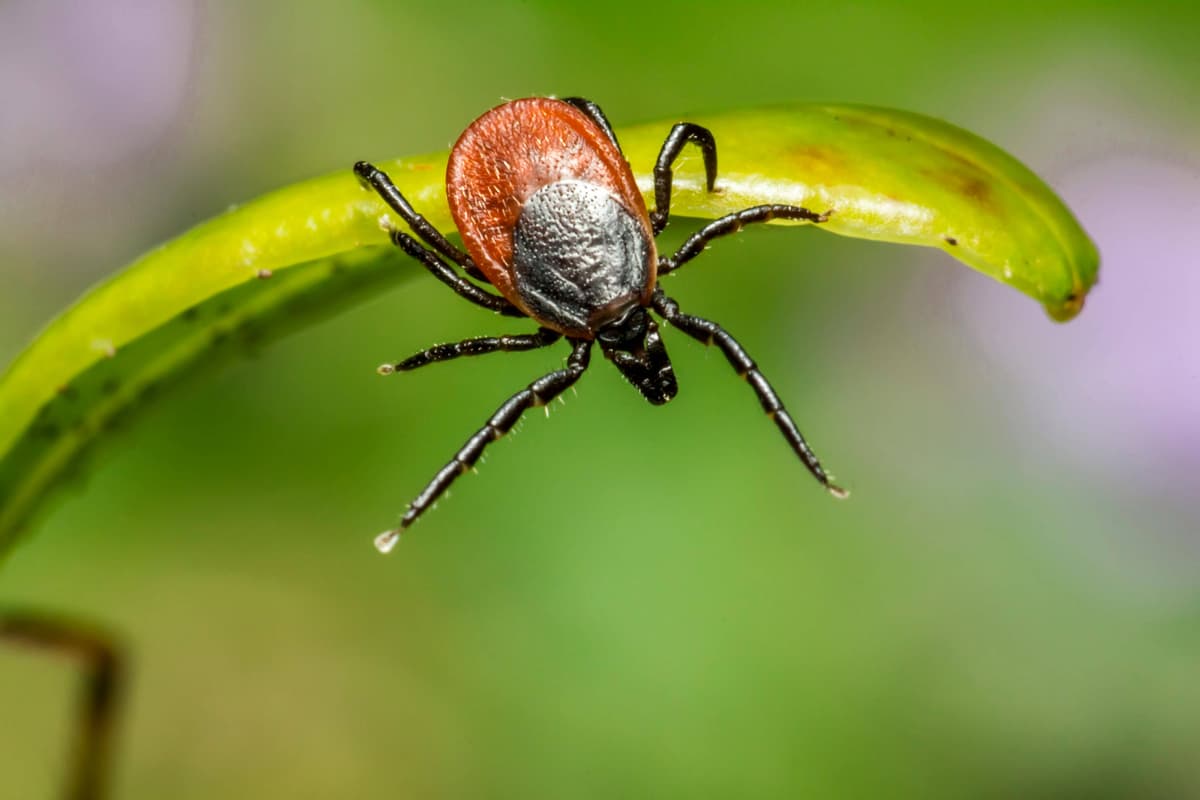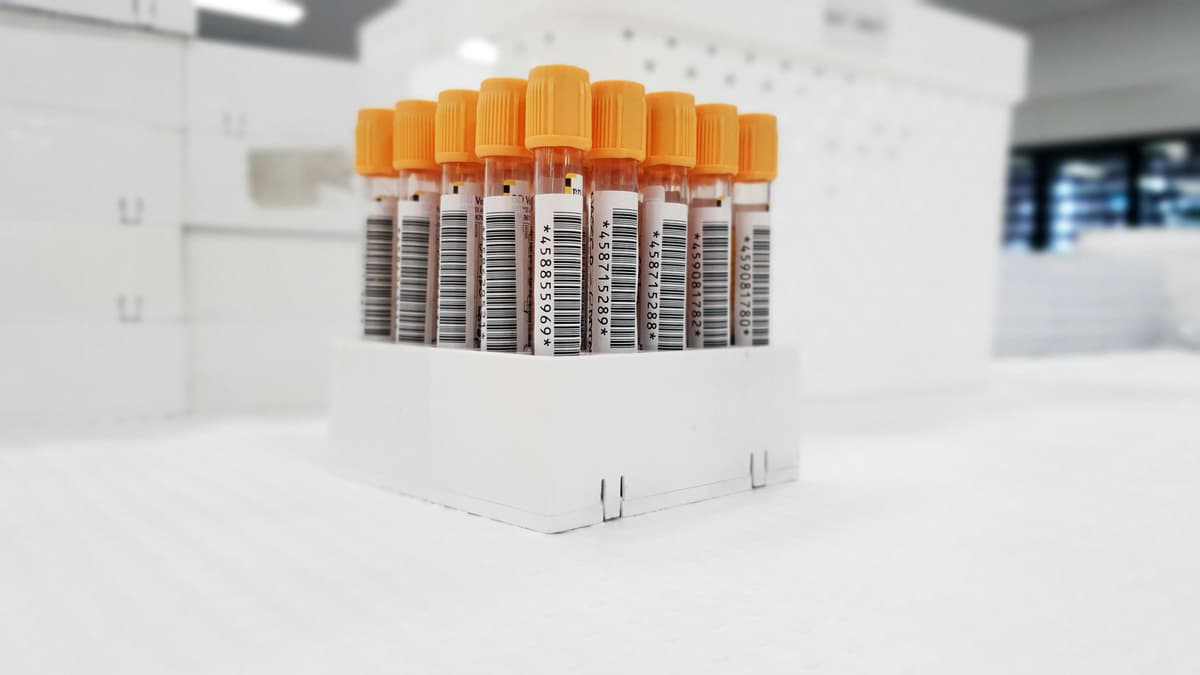
Rocky Mountain spotted fever (RMSF) is a bacterial infection caused by Rickettsia rickettsii and transmitted through the bite of an infected tick. This infection is characterized by the sudden onset of fever, headache, and rash, which can be life-threatening if not treated promptly. This infection was first identified in 1896 in the Snake River Valley of Idaho, located in the Rocky Mountain region, hence the name. However, cases have been reported throughout the United States, making awareness and early diagnosis important for effective treatment.

RMSF is spread to people through the bite of an infected tick, primarily the American dog tick (Dermacentor variabilis), the Rocky Mountain wood tick (Dermacentor andersoni), and the brown dog tick (Rhipicephalus sanguineus). When these ticks bite a human, the bacteria is transmitted, leading to infection. Rocky Mountain spotted fever does not spread from person to person; it can only be transmitted from the bite of an infected tick to a person. It is important to note that not all ticks carry the bacterium, but in areas where these ticks are prevalent, the risk of getting RMSF is higher.
Recognizing the symptoms of Rocky Mountain spotted fever early is crucial for timely treatment and better outcomes. Unfortunately, the early signs and symptoms of RMSF are not specific to the disease, so if ignored, the infection can spread quickly and lead to life-threatening illness.
One of the first symptoms to occur is a sudden onset of high fever, usually above 102°F (39°C). This is often accompanied by a severe headache, muscle pain, nausea or vomiting, stomach pain, and lack of appetite. A hallmark symptom of Rocky Mountain spotted fever is a rash that appears two to four days after the fever starts. It begins as small, flat, pink spots on the wrists, forearms, and ankles. The rash can spread to the trunk, palms, and soles of the feet as the disease progresses. In some cases, the rash could become petechial as the disease progresses–in other words, it manifests as small red or purple spots caused by bleeding under the skin.
If left untreated, RMSF can lead to serious complications. Neurological symptoms such as confusion, seizures, anxiety, nervousness, agitation, and coma may develop due to the inflammation of the brain. Respiratory distress could also occur, including shortness of breath and fluid buildup in the lungs. This disease could affect multiple organs, leading to kidney failure, heart issues, and liver damage. The bacteria can also damage blood vessels, resulting in bleeding or clotting problems, which can be life-threatening.
Diagnosing RMSF can be challenging due to its nonspecific early symptoms, which resemble those of many other illnesses. Physicians mainly rely on lab tests and patient history, including any recent tick bites or outdoor activities in tick-infested areas.

Lab tests are key in confirming diagnosis. A standard method of diagnosing RMSF is the indirect fluorescent antibody (IFA) test for immunoglobulin G (IgG) using R. rickettsii antigens. To confirm the infection, IgG IFA tests should be conducted on two serum samples taken 2–10 weeks apart to check for a fourfold increase in antibody levels.
Antibody levels are often negative in the first week of illness, so RMSF cannot be confirmed with a single acute-phase test. Relying on single or improperly timed tests can lead to misinterpretation. Antibodies can stay elevated for months or even years after the illness has resolved. Therefore, comparing paired and appropriately timed tests provides the most reliable evidence of recent infection.
PCR amplification is a lab technique used to create multiple copies of a specific DNA segment, making it easier to detect and study. By targeting and replicating the DNA of R. rickettsii, PCR helps identify the presence of the bacteria in samples such as whole blood serum, plasma, or skin biopsy.
A positive PCR result can confirm the presence of the infection, providing a reliable diagnosis. However, a negative PCR result does not rule out the possibility of infection, as the bacteria may not be circulating at detectable levels. Treatment should not be withheld solely based on a negative PCR result.
This technique involves growing bacteria from a sample (blood, tissue, or skin biopsy) in a controlled environment, usually with a nutrient-rich medium. The goal here is to isolate and cultivate the bacteria to identify them based on growth patterns, appearance, and other biochemical characteristics. However, R. rickettsii requires specific conditions to grow, so culture isolation is only possible in specialized labs.
IHC assays are used to detect specific antigens in tissue samples by using antibodies that bind to those antigens. This method involves applying antibodies that target R. rickettsii to a skin biopsy or post-mortem tissue specimen. These antibodies are usually marked with a dye, making it possible to see the presence of bacteria under the microscope. IHC assays provide a way to directly observe the infection in tissue samples, however, they also require specialized labs.
The treatment of choice for Rocky Mountain spotted fever is the antibiotic doxycycline. It is the most effective medication for treating RMSF and is recommended for adults, children, and pregnant women. Early treatment of doxycycline is crucial, ideally within the first 5 days of illness, to prevent severe complications and reduce the risk of fatality. There were concerns about dental staining in children under 8 years old, but a study in 2013 proved this concern to be invalid.
In some cases, where using doxycycline is not possible due to severe allergy, other antibiotics like chloramphenicol may be considered, but they are usually less effective.
Prompt treatment with doxycycline greatly improves the prognosis of RMSF. Delayed treatment increases the risk of severe complications, including organ damage and even death. Since RMSF can progress quickly, healthcare providers often start treatment based on clinical suspicion alone, even before lab confirmations.
It is important to recognize these symptoms and seek immediate medical attention if you know you have been bitten by a tick or have been in the woods or other areas where ticks commonly live. Early intervention can prevent the development of life-threatening complications.

Preventing Rocky Mountain spotted fever is mainly about avoiding tick bites and taking measures to reduce tick exposure. Here are some strategies to help you:
The best and most effective way is to simply avoid tick bites. If you are spending time outdoors where ticks are common, make sure to take precautions. Wear long-sleeved shirts and long pants. Tuck your pants into your socks to create a barrier against ticks. Wearing light-colored clothing can help you spot ticks more easily.
Products containing DEET or permethrin are especially effective at repelling ticks. DEET can be applied to the skin, while permethrin should be used on clothing, shoes, and camping gear. Make sure to use them according to instructions for safe and effective use.
After spending time outdoors, make sure to check your entire body for ticks. They often attach in hard-to-see places, such as the scalp, armpits, behind the knee, and around the ear. It is best to take a shower soon after any outdoor activities since it is easier to check yourself for ticks and to wash off any unattached ticks. Don’t forget to check your pets, gear, and clothing, since ticks can hitch a ride indoors on them.
Managing the area around your house can also help in reducing the risk of tick exposure. Keep your lawns mowed and remove leaf litter and tall grasses where ticks can live. Create a barrier of wood chips or gravel between your lawn and wooded areas to restrict tick migration. Also, protect your pets with vet-recommended tick control products.
Don’t panic if you do find a tick attached to your skin. Make sure to remove it as soon as possible. Use a fine-tipped tweezer to get hold of the tick as close to the skin’s surface as possible. Pull upward with a steady, even pressure. Make sure you don’t twist, jerk, or crush the tick because this can cause parts of it to break off and remain in the skin. After removing the tick, clean the bite area and your hands with rubbing alcohol or soap and water. You can dispose of the tick by drowning it in alcohol or flushing it down the toilet. If you wish to take extra precautions, place the tick in rubbing alcohol or a sealed container, and take it to your provider for identification and testing for diseases.
Rocky Mountain spotted fever is a serious health threat, but it is preventable and treatable with the right knowledge and action. Be informed of RMSF symptoms and know the importance of early medical intervention. Recognizing the initial signs (sudden fever, headache, nausea, and rash) and seeking immediate medical attention can greatly reduce the risk of severe complications and save lives. If you or someone you know experiences symptoms after a tick bite or outdoor exposure in a tick-prone area, don’t hesitate to seek medical help.
Apply preventative measures such as using repellants, avoiding tick bites, and checking for ticks. These precautions can help reduce the risk of contracting RMSF and should be followed diligently, especially during peak tick seasons.